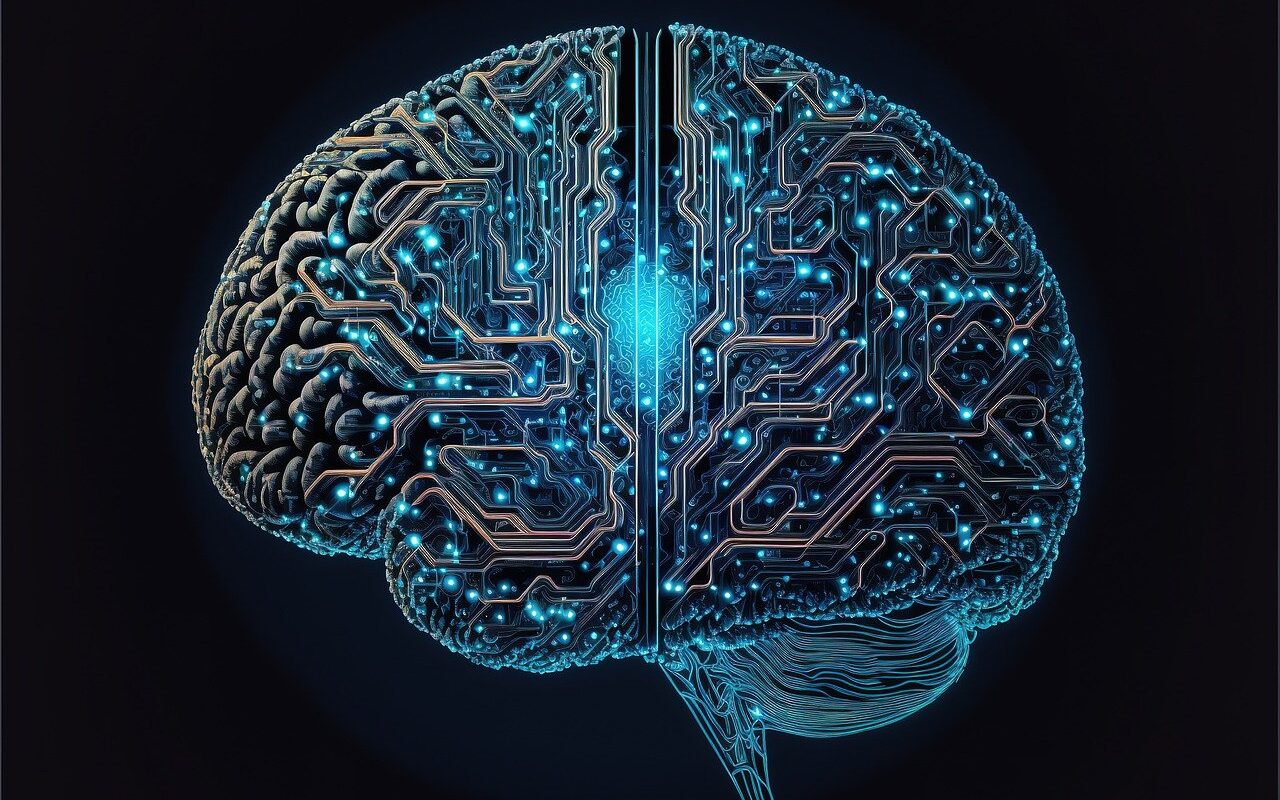Artificial intelligence continues to evolve, reshaping how we interact with machines in ways that were once unimaginable. One standout innovation making waves in the AI field is Retrieval-Augmented Generation (RAG), a method that combines the creativity of generative models with the precision of information retrieval. This approach is transforming how AI delivers accurate, context-rich, and highly relevant responses, creating smarter systems that better serve users (see Vectorize).
The Basics of Retrieval-Augmented Generation
Traditional generative AI models are impressive, but they rely heavily on pre-trained data. While they can generate coherent and human-like text, they sometimes falter when it comes to providing updated or factual information, especially when responding to queries about niche topics or recent events.
RAG addresses this limitation by incorporating a retrieval component into the response process. Instead of solely relying on pre-trained knowledge, the AI taps into an external database or knowledge source to fetch relevant data. This retrieved information is then used to generate a response, ensuring that the output is not only coherent but also grounded in factual and current information.
Accuracy Meets Creativity
What sets RAG apart is its ability to balance two critical aspects of AI: accuracy and creativity. The retrieval step ensures the response is based on up-to-date information, while the generative component delivers this information in a conversational and engaging manner.
This combination is particularly valuable in applications where precision matters, such as research, customer service, or medical inquiries. For example, in a healthcare setting, a RAG-powered system can provide accurate advice by retrieving information from trusted medical databases, all while presenting it in a way that is easy to understand for patients.
Expanding the Reach of AI
RAG is opening up new possibilities for AI by enabling it to handle a wider range of queries with confidence. Businesses can use RAG-powered systems to address customer needs more effectively, from answering complex technical questions to offering detailed product recommendations.
Educational platforms are also benefiting from this approach. Students and researchers can access AI tools that provide accurate, in-depth answers to their questions, drawing from large academic databases. This ability to combine retrieval and generation allows for responses that are not only insightful but also aligned with the user’s specific needs.
How RAG is Changing AI Applications
The impact of Retrieval-Augmented Generation extends beyond improving the accuracy of responses. It’s also changing how developers build AI systems by encouraging a shift towards modularity. By integrating a retrieval module with a generative model, developers can design systems that are more flexible and adaptable.
For example, a customer service chatbot powered by RAG can connect to an organization’s internal knowledge base, ensuring customers receive accurate answers to their questions about policies, products, or services. If the company updates its policies, the retrieval component ensures the AI reflects those changes without requiring extensive retraining.
This adaptability makes RAG a powerful tool for industries where information changes frequently, such as e-commerce, finance, and healthcare.
Making AI Smarter and More Trustworthy
Another major benefit of RAG is its potential to build trust in AI systems. One of the challenges with traditional generative models is their tendency to “hallucinate,” or produce responses that are plausible-sounding but incorrect. By grounding responses in retrieved information, RAG reduces this risk significantly, creating outputs that users can rely on.
This approach also allows developers to set boundaries for the AI, restricting it to trusted sources. For example, a system designed for legal inquiries can be programmed to retrieve information only from reputable legal databases, ensuring users receive accurate and authoritative responses.
The Road Ahead
As AI continues to evolve, Retrieval-Augmented Generation represents a promising step forward. It bridges the gap between generative capabilities and real-world accuracy, unlocking new opportunities across industries. With its ability to provide detailed and reliable responses, RAG is setting new standards for what AI can achieve.
From revolutionizing customer support to enhancing educational tools, RAG’s potential is immense. As more businesses and developers embrace this approach, we can expect to see smarter, more intuitive AI systems that not only answer questions but also empower users with precise and relevant information.
By combining retrieval with generation, this innovation is helping AI move closer to its ultimate goal: creating tools that enhance human understanding and solve real-world problems with confidence and clarity.

